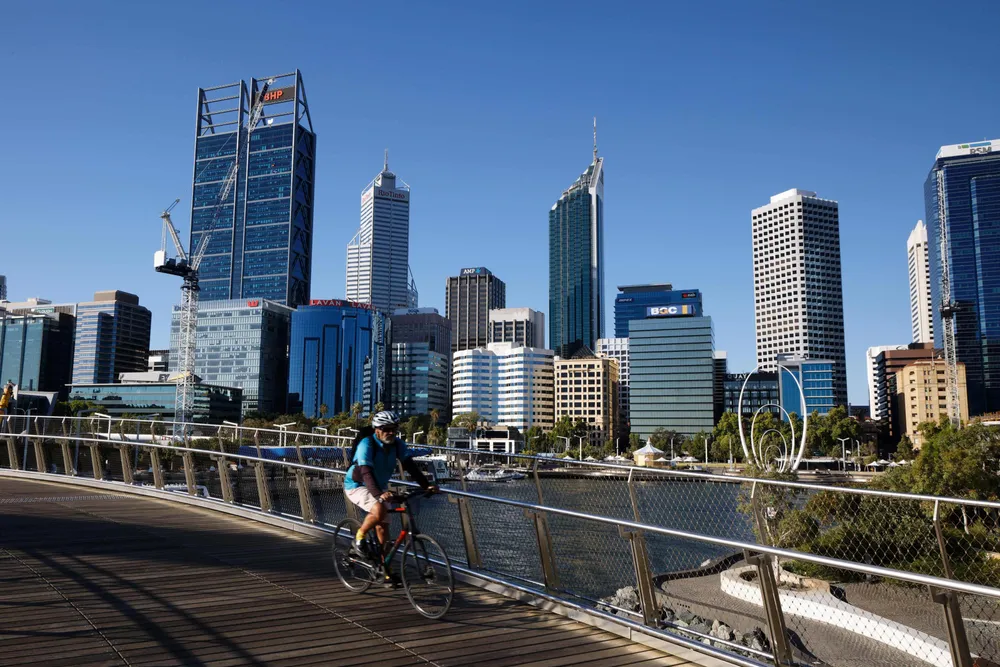Western Australia sets ‘aggressive’ 200GW green hydrogen target
State looks to utilise vast land mass, combined with abundant solar and wind resources, to become green hydrogen exporter

State looks to utilise vast land mass, combined with abundant solar and wind resources, to become green hydrogen exporter
